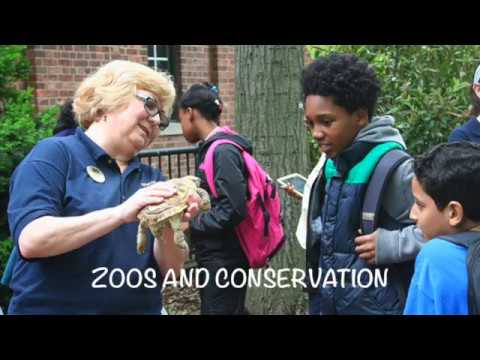- The Staten Island Zoo’s Role in Conservation and Education
- Zoological Management Practices in Modern Zoo Settings
- Collaborative Efforts in Wildlife Conservation and Research
- Education and Community Engagement Programs
- Technological Advancements in Zoo Operations and Animal Care
The Staten Island Zoo has established itself as more than just an engaging visitor attraction. It serves as a key player in wildlife conservation and public education. Opened in 1936, the zoo has long been committed to protecting animal species and spreading knowledge about the importance of biodiversity. Among zoos in urban settings, it uniquely balances its conservation goals with community needs, making it an exemplary model for how modern zoos can operate successfully while maintaining their ethical commitments.
One of the primary roles of The Staten Island Zoo is conservation. The zoo actively participates in various breeding programs that support endangered species. These programs are part of cooperative efforts, often in tandem with other institutions worldwide, that aim to preserve biodiversity. By keeping genetically diverse populations of endangered animals, the zoo can bolster numbers in natural habitats whenever possible. Animal reintroduction programs, while complex, have seen encouraging progress, showing that strategic zoo involvement can help restore wildlife populations.
Additionally, The Staten Island Zoo prides itself on providing educational opportunities about conservation. The education department at the zoo runs programs designed for school groups, families, and individuals that strive to enhance public understanding of conservation issues. Through interactive exhibits and guided tours, visitors gain access to knowledge about ecology, animal behavior, and the importance of preserving natural habitats. The zoo leverages these programs to instill a conservation ethic in its community, promoting sustainable practices that can benefit the environment in tangible ways.
Zoological management at The Staten Island Zoo incorporates many modern practices designed to improve animal welfare and operational efficiency. Animal welfare is a crucial aspect of zoo management, and the zoo employs a comprehensive approach to ensure the physical and mental health of its inhabitants. Enclosure design, diet, and enrichment activities are all key aspects of this approach. Enrichment activities, for example, are tailored to the specific needs of each species and can include items that encourage natural behaviors, like puzzle feeders for primates or digging opportunities for meerkats.
Collaboration is another strongpoint of The Staten Island Zoo. The zoo works with international organizations, contributing to global conservation efforts. By sharing research and expertise, the zoo expands its impact beyond Staten Island. Collaborative research projects focus on understanding the needs and threats faced by endangered species. Over the years, these initiatives have yielded valuable insights into best practices for breeding, habitat management, and anti-poaching efforts, all contributing to the larger field of conservation biology.
Moreover, The Staten Island Zoo prioritizes public engagement. Community involvement is pivotal for the success of conservation efforts. The zoo enriches its community through various outreach programs and events. These initiatives encourage local participation in conservation activities, such as habitat restoration projects and citizen science programs. By fostering a community that values and understands the importance of preserving biodiversity, the zoo helps cultivate a network of conservation advocates.
Technology plays a significant role in the zoo’s operations. The Staten Island Zoo has integrated technology into its daily practices to enhance both animal care and visitor experiences. Advanced health monitoring systems allow zookeepers to attend to the dietary and medical needs of the animals proactively. These systems gather data on feeding habits, movement patterns, and even social interactions, providing a comprehensive overview of an animal’s wellbeing. For visitors, digital kiosks and interactive displays offer a modern way to learn about the various species and conservation initiatives undertaken by the zoo.
In conclusion, The Staten Island Zoo exemplifies what a modern zoo can achieve through its multifaceted approach to conservation and education. It stands as a vital institution that plays a crucial role in species preservation and public awareness. Through effective management, global partnerships, and community engagement, the zoo continues to act as a steward of wildlife conservation, inspiring the next generation to champion ecological causes.
*****
Source Description
Learn all about the history of zoos’ role in conservation!


